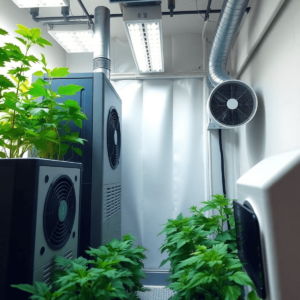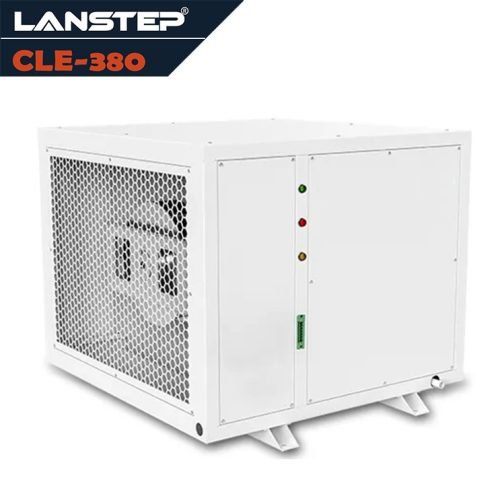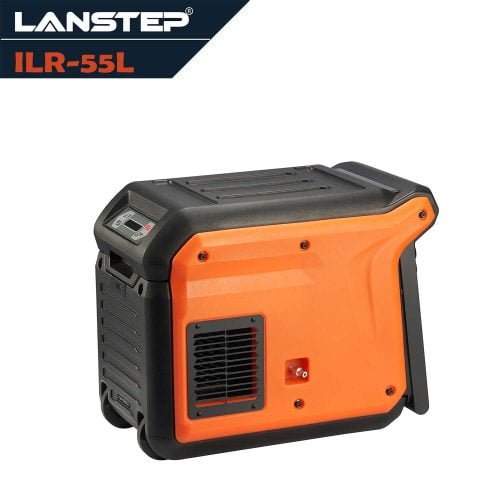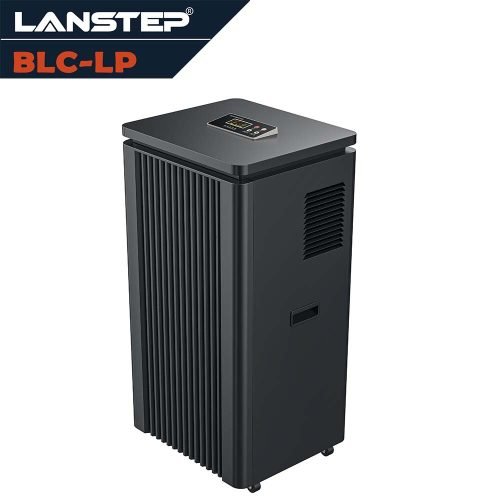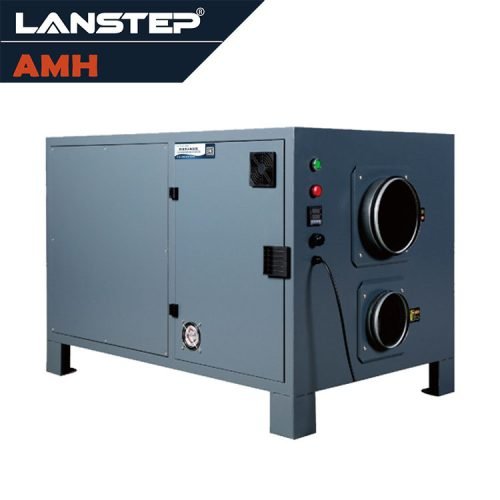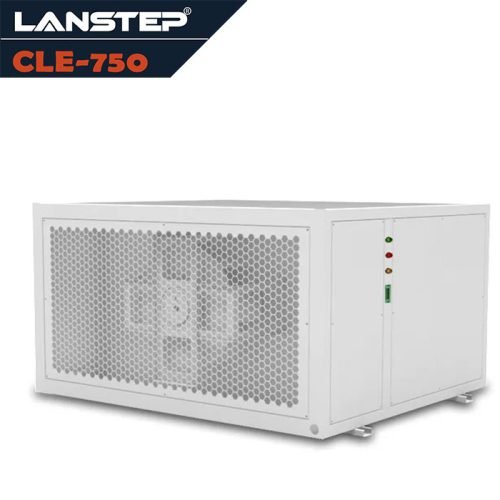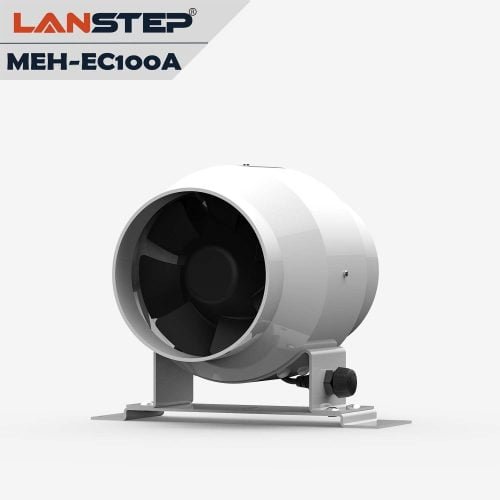Two types of dehumidifiers that differ in their working capabilities at low temperatures are the low-temperature compressor dehumidifier and the conventional compressor dehumidifier. In this article, we will compare these two types and highlight the advantages of low-temperature compressor dehumidifiers.
What type of compressor dehumidifier is low-temperature?
a. Conventional compressor dehumidifiers cease to function below 41 degrees Fahrenheit (5 degrees Celsius). This is because the cold evaporator coil of the dehumidifier freezes up due to the low temperature, preventing the dehumidifier from effectively removing moisture.
b. Low-temperature compressor dehumidifiers, on the other hand, can operate below 41 degrees Fahrenheit (5 degrees Celsius). These dehumidifiers are designed to work in colder temperatures by utilizing specialized refrigerants and incorporating the ability to blow warm air onto the evaporator coil, preventing freezing and enabling effective dehumidification.
Direct comparison between low-temperature and conventional compressor dehumidifiers:
a. Optimal operating temperature: Low-temperature dehumidifiers have a working range of 1 to 38 degrees Celsius, while conventional dehumidifiers operate between 5 to 38 degrees Celsius. This means that low-temperature compressor dehumidifiers are better suited for colder environments.
b. Application scenarios: Low-temperature compressor dehumidifiers excel in places where the temperature is consistently low, such as basements, garages, and warehouses. They are also suitable for use in cold climates or areas with frequent temperature fluctuations. Conventional compressor dehumidifiers are more commonly used in moderate-temperature environments.
c. Cost comparison: Low-temperature compressor dehumidifiers generally have a higher initial cost compared to conventional dehumidifiers due to their specialized design and components. However, they can provide cost savings in the long run by operating efficiently in low-temperature conditions and reducing energy consumption.
Advantages and examples of low-temperature compressor dehumidifiers:
Low-temperature compressor dehumidifiers offer several advantages, making them widely used in low-temperature storage environments. Some examples include:
a. Preserving goods: In cold storage rooms or warehouses where temperature and humidity control is crucial, low-temperature compressor dehumidifiers help prevent moisture damage to goods like perishable food items, pharmaceuticals, and electronics.
b. Reducing mold and mildew: Cold and damp areas are prone to mold and mildew growth. Low-temperature compressor dehumidifiers effectively remove excess moisture, minimizing the chances of mold and mildew formation, which can be harmful to health.
c. Preventing equipment damage: Low-temperature compressor dehumidifiers contribute to the protection of equipment in colder environments by reducing moisture levels. This helps prevent corrosion and malfunction caused by excessive humidity.
View our full line of dehumidifiers, or contact us for more information or assistance.



